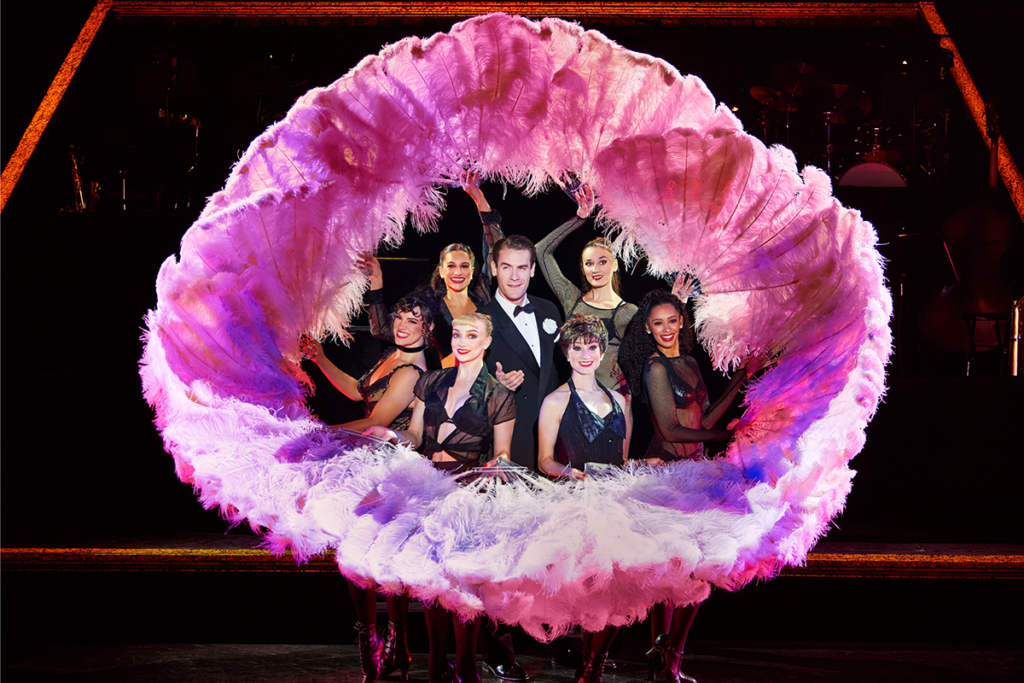Poi may be Hawai’i’s native starch staple, but rice is more
ubiquitous and beloved. “Two scoop rice” epitomizes our food culture. But could
this bland starch be the subject of art?
 |
A
circa 1980 commercial poster from Thailand.Photo Courtesy: UCLA Fowler
Museum of Cultural History |
You bet. While we love
rice in Hawai’i, there are more than 3 billion people in the world who depend
upon it for sustenance. Most of them are in Asia, where rice defines life-physically,
culturally, socially and spiritually. Rice is the focus of an exhibit, “The Art
of Rice: Spirit and Sustenance in Asia,” created by Roy Hamilton, the curator
of Asian and Pacific Collections for the UCLA Fowler Museum of Cultural History
and 22 international scholars from the fields of anthropology and art.
“The idea was to cover the main rice-producing regions in Asia, to compare and
find commonalities, to get one Asian culture to appreciate another,” says Hamilton,
who, as an undergraduate student in Indonesia more than 30 years ago, became aware
of the cultural values associated with rice throughout Asian cultures.
In
1996, with grants allowing for research and international collaboration, “The
Art of Rice” began to take shape at the Fowler Museum, where it opened in the
fall of 2003. This month, the exhibit travels to the Honolulu Academy of Art.
 |
In the Philippines,
this porcelain jar carried rice wine.Photo
Courtesy: Peabody Museum of Natural History, Yale University. |
Rice dictates the life cycle and social hierarchy of people in countries
including China, Japan, Korea, the Philippines, Thailand, India and Indonesia.
Daily life centers around the production of rice, requiring families and communities
to work together. Rituals and folklore about rice abound in these areas.
Rice is viewed as possessing a spirit of its own. Many believe that a “rice goddess”
or “rice mother” gives rice to humans. Rice is used for expression, too,
and that is the thrust of “The Art of Rice.” You’ll see practical implements associated
with rice production, as well as baskets, clothing and other articles made of
rice straw, sake (rice wine) bottles, sculptures of beloved deities, the depiction
of rice in classic paintings and woodblock prints, popular posters, puppets, ceramics
and textiles. After seeing this exhibition and reading through its voluminous
catalog, you’ll never look at “two scoop rice” the same again. “The
Art of Rice: Spirit and Sustenance in Asia”
Feb. 17 to April 24 at the Honolulu Academy of Arts, 900 S. Beretania St.
For
more information: 532-8701 or www.honoluluacademy.org |
| Recommended |
|
dvd
John
Geppert, Tiffany’s O’ahu market vice president recommends the original version
of Sabrina as the perfect Valentine’s Day movie. “The lovely, doe-eyed Audrey
Hepburn’s transformation from a chauffeur’s naïve daughter to an almost aristocratic
French maiden is so compelling. And Humphrey Bogart’s gruffness enhances the hardness
of the workaholic Linus Larrabee character. Find the film, buy a bottle of vino-Col
Solare would be good if you can still find it-turn the lights down low and enjoy.”
Paramount Home Video, 1954. |
cd
Jim
Linkner, local music producer, recommends the SACD remaster of Miles Davis’ Kind
of Blue. “It’s always been a fantastic album, but the new surround mix is just
fabulous. A lot of surround-sound remasters are gimmicky, but the mix on this
one is done really well, with the instrument placements and the ambience that’s
created.” Sony, 1999. | |
book
Mitchell
Chun, president of the Hawai’i Dental Association, recommends Alexander the Great’s
Art of Strategy, by Partha Bose. “A fascinating book. Alexander was the last to
conquer the region mired in war today, and I got hooked on learning how his battle
strategies and political plans united the area without an uprising. I wonder if
the United States can do the same or better than Alexander 2,500 years ago?” Gotham
Books, 2003. |
|











